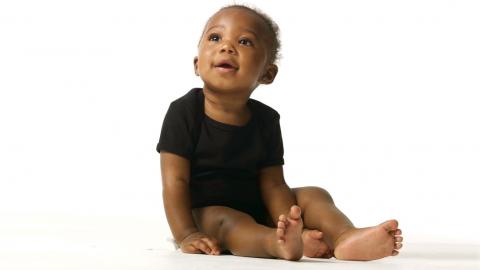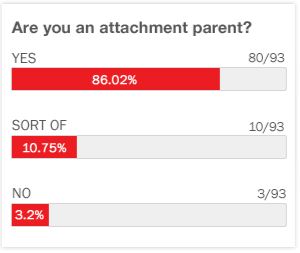Signs to look for after a child experiences trauma
Maggie Kline, LMFT School Psychologist & Therapist, shares the main signs parents should look for after their child experiences a traumatic event to check for shock
Related Videos
Transcript
Expert Bio
More from Expert
Maggie Kline, LMFTSchool Psychologist & Therapist
Maggie Kline has been a marriage, family, and child therapist for almost 30 years, and is a retired school psychologist. After beginning her professional career as a teacher in 1970, Maggie has continued to garner vast experience with children of all ages from pre-schoolers through teens. She uses Somatic Experiencing (SE) with individuals, couples and families in psychotherapy. She also integrates SE with art, dream work and play when helping youngsters recover from trauma. Maggie is a senior faculty member for the SE Trauma Institute, currently teaching on five continents. She has co-authored two books (listed below) with Peter A. Levine which have been translated into 11 languages, and has also written "It Won't Hurt Forever", which was published in Mothering Magazine in 2002. Most recently, Maggie has originated two seminars for professionals who help traumatized children: "SE for Kids, A Games-Based Approach" and "Conscious Connections, Providing Reparative Opportunities for Healthy Attachment". She has presented her work in schools and agencies, at conferences, and in mass disaster settings such as the Southeast Asian Tsunami and the Oslo Massacre.




 GET ACCESS TO ALL PREMIUM CONTENT WITH NO ADS FOR $4.99/MONTH
GET ACCESS TO ALL PREMIUM CONTENT WITH NO ADS FOR $4.99/MONTH




Login or Register to view and post comments